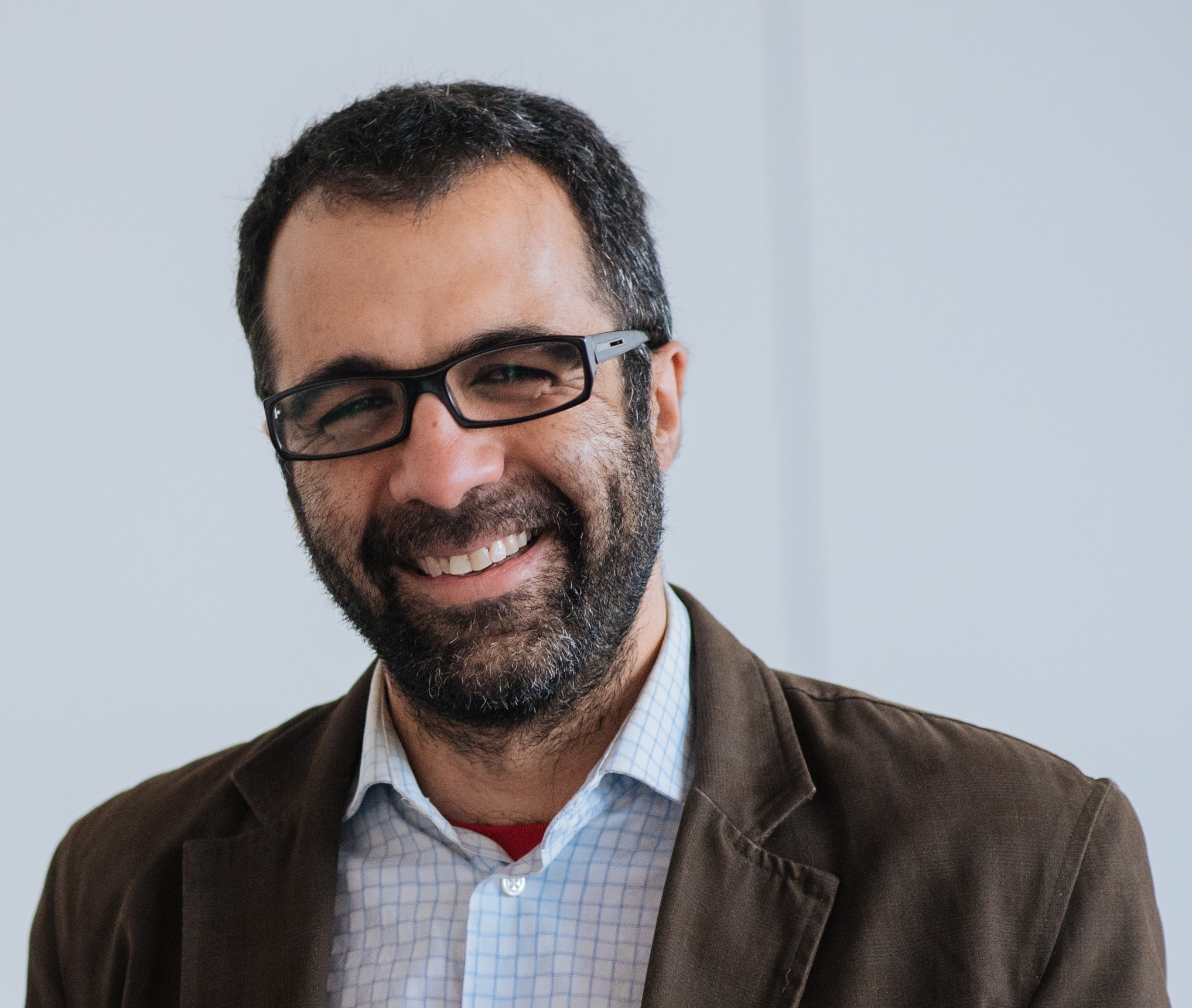Human Casualties: The Dominant Cost of Experiencing Conflict with Wildlife in India

Sumeet is a versatile environmental economist. He has published influential papers on the economics of transportation, climate policy, and trade and the environment. We are thrilled to have Sumeet share results from his most recent research on the human cost of conflict for large wildlife in India.
— Vincent Thivierge, Bren School PhD Student
ABSTRACT
Human-wildlife conflict is the most dramatic cost of conserving wildlife in human-dominated landscapes. We estimate the human costs of conflict—damages to crop, livestock, and costs of human injury and death—for most major species in India. We do this by using a survey of 5,196 households living in a 10km buffer around 11 diverse wildlife reserves. Experiencing conflict over the last year with an Asian Elephant has a cost of US $33,268, the Bengal Tiger, $7,036, and the Common Leopard, $2,568. Crop and livestock damages are merely $271 for the elephant, $120 for the tiger, and $173 for the leopard. The remainder is the costs of human injuries and death. This pattern, where the costs of damage to crops and livestock are dwarfed by the costs of human injury and death, persists for all species associated with human fatalities. We uncover significant spatial variation of costs across wildlife reserves; driven mostly by the cost of human casualties. For example, in our sample, the elephant kills 86 and injures 171 human residents. On average, every 100 reports of human-elephant conflict result in 12 deaths and 25 injuries. Still, residents from 3 (out of 5) reserves with elephant populations report no deaths, and experience fewer injuries than the sample average. Similarly, the leopard is associated with 4 deaths and 9 injuries. On average every 100 reports of human-leopard conflict result in 1 death, and 2 injuries. However, deaths only occur near 1, and injuries near 2 (out of 11) reserves with leopard populations. Learning from regions with low injuries and death will help us reduce the costs of conserving wildlife.
BIO
Sumeet is a Professor in Environmental and Resource Economics at the University of British Columbia. Along with his colleague Frederik Noack, he recently co-founded the Wildlife and Conservation Economics Laboratory. Their aim is to promote high-quality research in conservation using tools from economics. In only its second year, the lab is training 4 Ph.D. and 2 Masters students. Sumeet is interested in human-wildlife conflict in India. He is studying the direct (loss of crops and livestock, human injury and death), and indirect (altered behavior due to conflict) cost of conflict to those in proximity of wildlife. He is also analyzing the impact of state-level compensation for wildlife conflict on farmer behavior, their well being, and its effectiveness for conservation. He is also studying the political economy of the species at risk legislation in Canada. Almost all of his work is conducted jointly with colleagues at UBC and around the world.